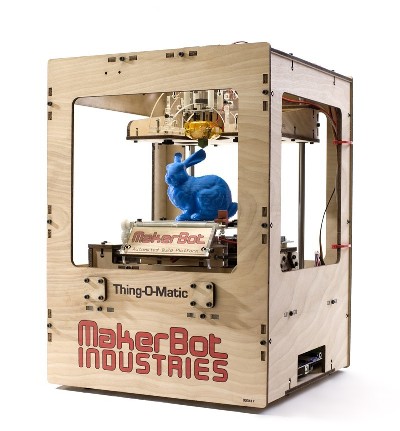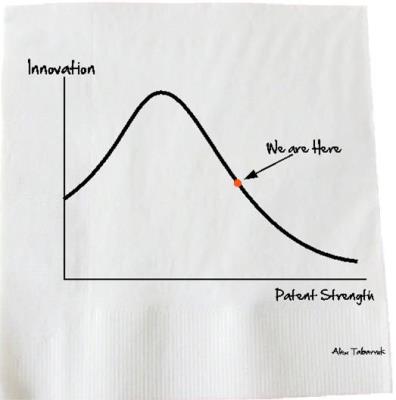“A goal is not always meant to be reached, it often serves simply as something to aim at” is a famous Bruce Lee quote.
We need to be able to let go when we don’t reach our goals but progress towards them has been sufficient.
 Some people don’t have goals. They err aimlessly in the world and will never get anywhere.
Some people don’t have goals. They err aimlessly in the world and will never get anywhere.- Some other people have goals and will be relentless until they reach them. Sometimes these people are visionaries that suffer from never reaching their goals. Or, they suffer when they reach their goal and figure out they are not satisfied. They might be producing great things but remain frustrated.
- Some other people have goals, and know when to decide that progress has been sufficient and that they now need to update their goals, without reaching their original aim. How can they decide this change without feeling regrets of changing path without having accomplished their quest? One simple criteria applies: when the new goal is more exciting and appears more fulfilling than the previous goal.
Don’t change goal every other day, but recognize that only excitement and passion will drive you to do new stuff. If you find a new goal that is more compelling to the point that the previous goal looks dull and unattractive, switch. And, above all, don’t feel regrets and let go of any that might remain.









